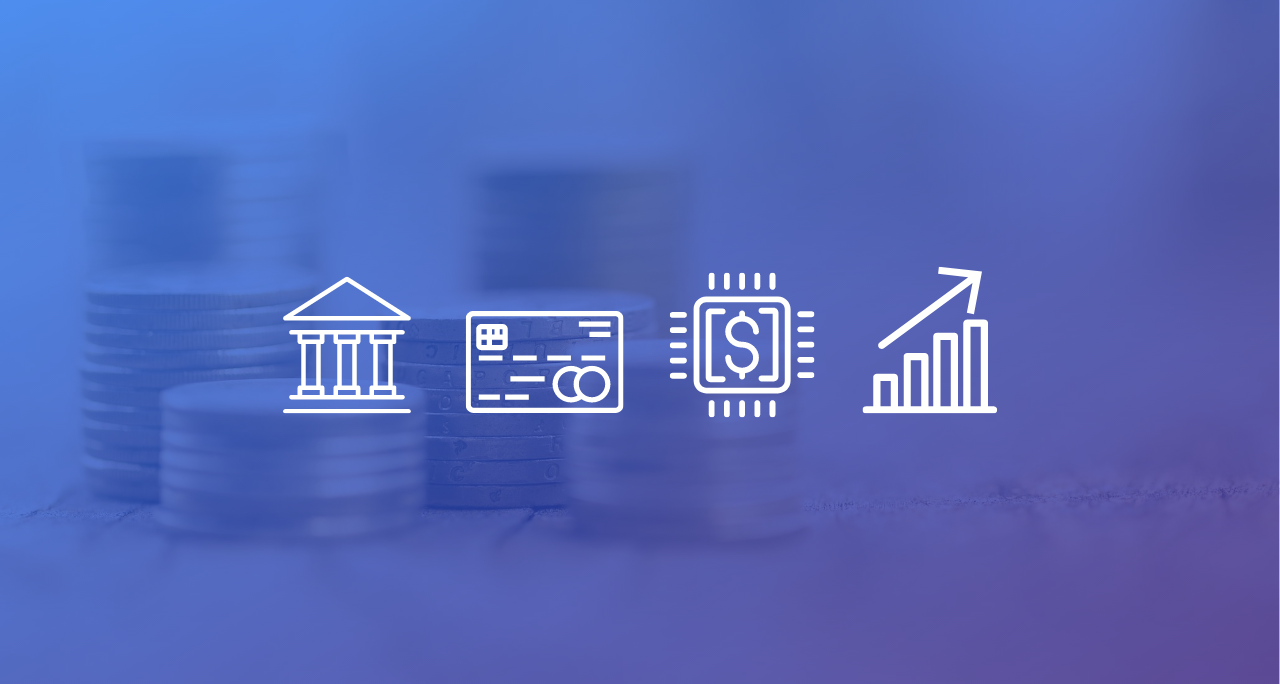
It’s no surprise that everyone who touches the transaction wants to get paid, including the issuing bank, the credit card associations (Visa, MasterCard, etc.), the merchant bank and the payment provider.
At its most basic, every time you process a transaction, you pay several fees:
- Interchange: The issuer gets paid a pre-negotiated percentage of each sale. This fee varies depending on many factors, such as industry, sale amount and type of card used. At last check, there were almost 300 different interchange fees.
- Assessment: The credit card association (Visa, MasterCard, etc.) also charges a pre-negotiated percentage fee, called an assessment.
- Markup: Your merchant bank takes a percentage cut by charging you a markup fee, the amount of which also varies by industry, the amount of the sale and your monthly processing volume.
- Processing: The payment processor (who might also be your merchant bank) makes money by charging a fixed-rate fee every time you process a transaction — no matter whether it’s a sale, a decline or return. Plus, it can charge fees for setup, monthly usage and even account cancellation.
The above fees are often bundled together, so you can have a tough time figuring out who’s getting what amount of your money.

Beyond the individual fees themselves, there are three different ways processors can structure them as part of an overall pricing plan:
- Flat-rate pricing: You pay a fixed percent for all transaction volume, no matter what the actual costs are. All of the above fees are baked into this single rate. For example, you are charged a bundled rate of 2.9% of the transaction amount + $0.30 per transaction. On a $100 sale, the fee you pay works out to be $3.20.
- Interchange plus pricing: Your merchant service charges you a fixed fee on top of the interchange — for example, 2% + $0.10 on top of a 1.8% interchange fee. On a $100 sale, that works out to be a $3.90 fee. Remember, too, that there are 300 or so different interchange fees, so the 1.8% can vary wildly.
- Tiered pricing: The processor takes the 300 or so different interchange rates and lumps them into three buckets, or pricing tiers: qualified, mid-qualified and nonqualified. This makes it simpler for you (and them) to understand. However, since the processor defines the buckets however it wants, it can be expensive. As an example, the fees you pay on a $100 sale could range from $2.50 to $3.50, depending on how it has been classified.
